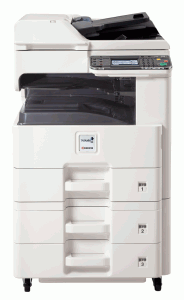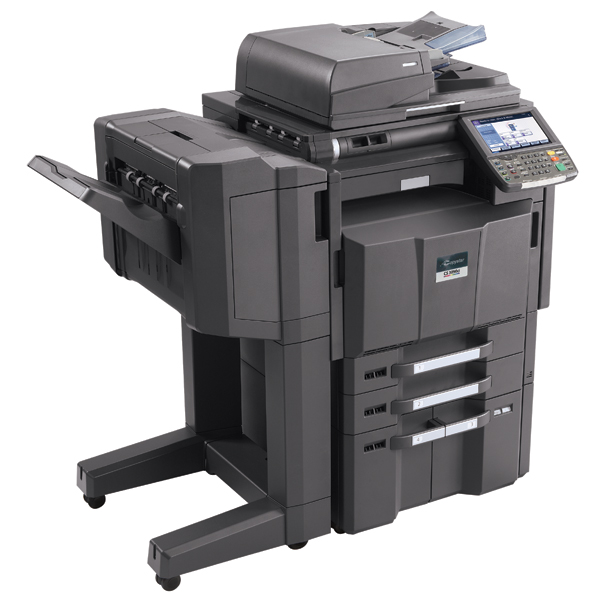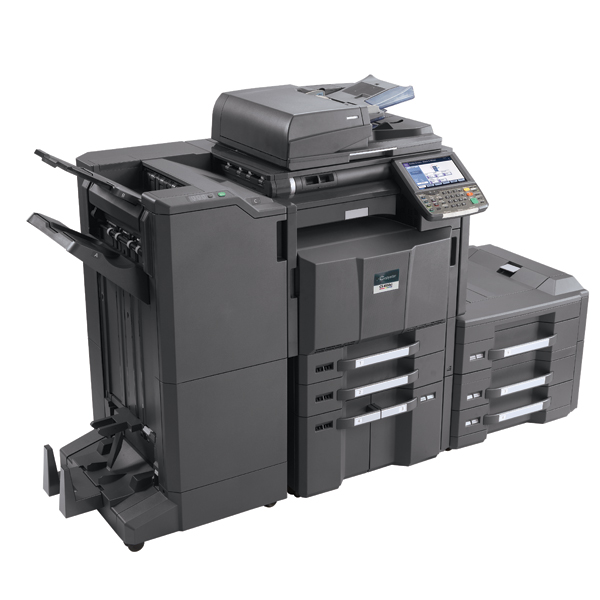Quick History of Copy Machines

Ever wondered how copy machines came about and how they work their magic? Did you know that photocopiers were developed in New York by someone who didn’t like making copies by hand? Here’s a quick history of copiers.
In 1937, a Bulgarian physicist named Georgi Nadjakov discovered the principle behind copy machines through his work on electric polarization. American physicist and patent attorney Chester Carlson took this research and went on to invent photocopying.
Carlson’s New York office job required him to make lots of copies of important papers, but he found it to be tedious and repetitive. He conducted photoconductivity tests, and in 1938, made the world’s first photocopy using a zinc plate covered with sulfur and patented the process.
In 1947, a small New York company called Haloid Corporation used this technology to develop and market a copy machine. With the help of a language professor, Haloid and Carlson came up with the term “xerography” to describe the photocopying process from the Greek words meaning “dry writing.”
Haloid decided to call the new copy machines “Xerox machines” and, in 1948, the word “Xerox” was trademarked. And, as they say, the rest is history.





